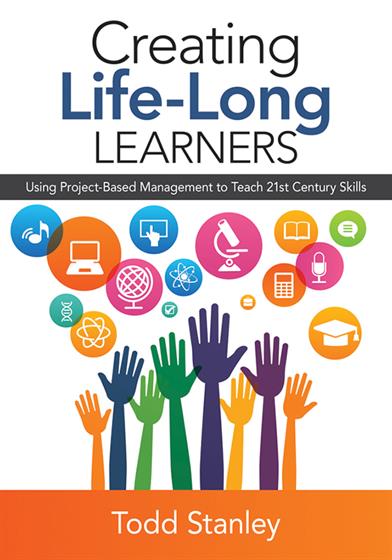Acknowledgments
About the Author
Introduction - Why Manage Your Classroom
1. Advantages to Managing Your Classroom
The 21st Century Three Rs
Other Advantages to Managing Your Classroom
2. Importance of 21st Century Skills
21st Century Survival Skills
Accessing and Analyzing Information
Curiosity and Imagination
Initiative
Adaptability
Effective Oral and Written Communication
Critical Thinking and Problem Solving
Collaboration Across Networks
3. Setting Up Your Projects
Define the Problem
Develop Solution Options
Plan the Project
Execute the Plan
Monitor and Control Progress
Close Project
4. Linking the Projects to the Standards: Creating a Mission Statement
Starting With the Content Standard
Working Backwards
5. Collaboration in the 21st Century Classroom
Skill of Collaboration
Setting Norms
Dividing up Tasks
DELETE
6. Risk Management
Why Projects Fail
Heading Off Problems
Handling the Unmotivated
Risk Management
7. Different Types of Products
Presentation
Museum/Exhibit
Debate
Performance
Competition
Portfolio
Research Paper
Model
Technology-Driven Products
Entrepreneurship
The Lemonade Stand
Social Studies Product--Buisness Plan
Language Arts Product--Advertising Campaign
Math Product--Polling/Accounting
8. Assessment of the Product
Use of Rubrics
Creating Your Rubrics
Creating Rubrics With Students
Performance Reviews (Self/Peer Evaluation)
9. Managing the Classroom
Orientation/Training Your Students
Laying the Groundwork
Making the Structure Clear
Model the Structure With a Mini-Project
What Training Will Be Important to the Job?
Providing Mental Space
Project Manager Versus Teacher
Closing the Project
Afterward: Creating the 21st Century Worker
Reproducibles: Blank Forms for Creating Own PBL
References
Index



